The art of preserving fish is as old as the Nordic winters themselves, a necessity turned into a delicacy over centuries. Among these traditions, Gravlax stands out—a dish that encapsulates the essence of Scandinavian simplicity and ingenuity. This cured salmon, infused with the earthy tones of juniper, the sweetness of beetroot, and the briny kiss of sea salt, is more than just food; it’s a testament to the Nordic way of life, where nature’s bounty is respected and transformed with minimal fuss.
Walking into a Norwegian kitchen during the festive season, you might catch the faint aroma of dill and juniper berries mingling with the sharp tang of salt. Here, Gravlax is often prepared with a reverence reserved for family heirlooms. The process begins with a fresh, fatty slab of salmon, preferably from the cold, clear waters of the North Atlantic. The fish is laid bare, its rosy flesh ready to be anointed with a cure that has barely changed over generations. Coarse sea salt and sugar are rubbed into the flesh, drawing out moisture while preserving its silky texture. But it’s the addition of crushed juniper berries that lends Gravlax its distinctive Nordic character—a piney, almost medicinal depth that cuts through the richness of the fish.
Then comes the beetroot, a humble root vegetable that does more than just stain the salmon a vibrant magenta. Its natural sugars balance the salt, while its earthy sweetness complements the salmon’s umami. Thinly sliced or grated, the beetroot is layered over the fish, its juices seeping into every crevice. The salmon is then wrapped tightly—often in cheesecloth or plastic—and left to rest under weights. For days, it quietly transforms in the refrigerator, the flavors melding, the texture firming up just enough to slice paper-thin.
The name Gravlax itself is a nod to its origins. Derived from the Scandinavian words grav (meaning "grave" or "to dig") and lax (meaning "salmon"), it harks back to a time when fishermen would bury their catch in the sand above the tide line, allowing the natural salinity of the environment to cure the fish. Today, the "grave" is metaphorical, but the connection to tradition remains unbroken. Modern Gravlax might skip the sand, but it still relies on the same principles: time, salt, and the subtle alchemy of fermentation.
What makes Gravlax truly magical is its versatility. In Norway, it’s often served atop rye bread with a dollop of mustard sauce, the sharpness of the mustard cutting through the fish’s richness. In Sweden, it might accompany boiled potatoes and a dill-heavy cream sauce. Elsewhere, chefs have taken liberties, pairing it with avocado, folding it into omelets, or even draping it over blinis with crème fraîche. Yet, no matter how it’s dressed, the soul of the dish remains unchanged—a celebration of purity and patience.
The resurgence of interest in traditional preservation methods has brought Gravlax into the spotlight once again. In an age of instant gratification, there’s something profoundly satisfying about waiting for flavors to develop, for time to work its quiet magic. It’s a reminder that some of the best things in life—like the taste of juniper-infused salmon, slightly sweet, slightly salty, and utterly unforgettable—can’t be rushed.
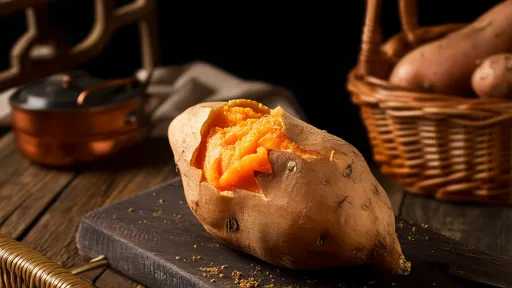
By /Jul 1, 2025
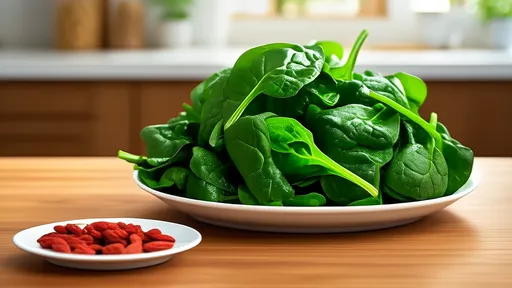
By /Jul 1, 2025
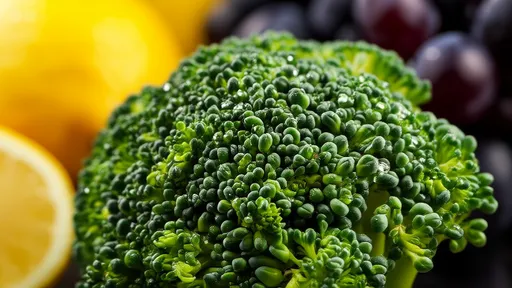
By /Jul 1, 2025
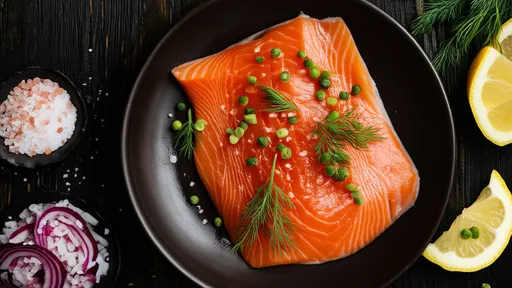
By /Jun 18, 2025
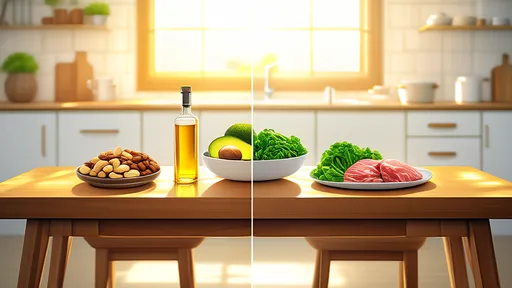
By /Jun 12, 2025

By /Jun 12, 2025

By /Jun 12, 2025